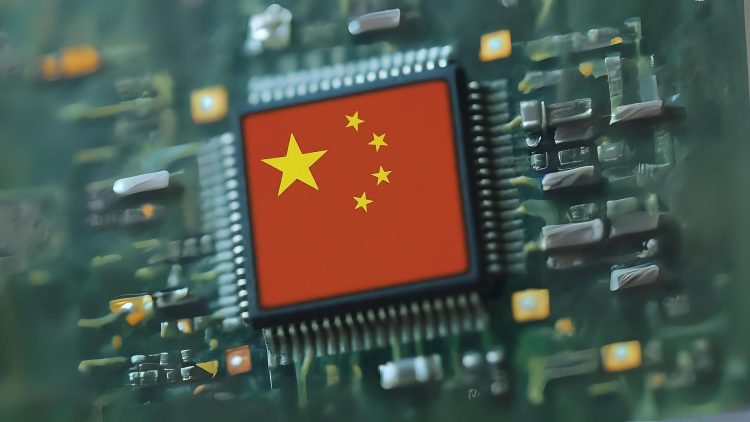China’s $47 billion chip push is a significant development in the ongoing technology war between East and West. The investment marks a significant effort by China to strengthen its semiconductor industry, a crucial sector that underpins modern technology, from consumer electronics to critical infrastructure.
China’s latest initiative involves a massive $47 billion investment that aims to revitalize its domestic semiconductor capabilities. This move is part of the third phase of the “National Integrated Circuit Industry Investment Fund,” which has been a pivotal element of China’s strategy to become a leader in the global chip industry.

China’s big bet on chips
The fund’s substantial financial backing highlights the importance that, the Chinese government places on developing a self-reliant semiconductor industry, especially in the face of international pressures and trade restrictions. The semiconductor industry is not just about consumer electronics; it’s integral to several critical sectors, including automotive and defense. By investing heavily in this area, China aims to secure a competitive edge and reduce its dependency on foreign technology, particularly from countries like the United States, which have imposed restrictions on the export of advanced computing components to China.
This strategic move also reflects China’s response to the global chip shortage that highlighted the vulnerabilities of global supply chains. By increasing investment in its semiconductor industry, China is not only looking to mitigate these risks but also to position itself as a pivotal player in the global market, potentially shifting the balance of technological power.

Historical context and strategic evolution
The history of China’s investments in the semiconductor sector has been mixed, with notable successes and some high-profile setbacks. Companies like Yangtze Memory and China Semiconductor Manufacturing International Corp have made significant strides, positioning themselves as leaders in certain segments of the chip market. However, there have also been failures, such as Wuhan Hongxin Semiconductor, which underscore the challenges inherent in such a complex and capital-intensive industry.
Despite these challenges, China’s commitment to its semiconductor ambitions has not wavered. Management of the new $47 billion fund is expected to take a more active role in supporting investee companies, signaling a strategic shift towards greater involvement in the development of the sector. This approach is likely to avoid the mistakes of the past and ensure that investments translate into tangible advances in technology and market share. As other regions, such as the United States and the European Union, increase their investments in semiconductor technology, the global chip industry will become even more competitive. This global race not only highlights the strategic importance of semiconductors but, also sets the stage for a dynamic and highly competitive market environment.

Navigating through sanctions with innovation
A key aspect of China’s strategy involves circumventing technological restrictions imposed by foreign governments. One of the focal points is the adoption of the RISC-V architecture, an open-source and permissive instruction set architecture that allows China to develop its chips without relying on technology that could be subject to international sanctions.
The use of RISC-V exemplifies China’s push toward technological independence. This move could significantly alter the dynamics of the semiconductor industry by enabling China to produce competitive chips that are free from the constraints of externally imposed technology limitations. The recent unveiling of Huawei’s 7nm Kirin 60S processor, which uses this architecture, is a testament to China’s capabilities in this new strategic direction.
China’s $47 billion investment in its semiconductor industry is a clear indication of its determination to secure a leading position in the global tech arena. This initiative is not just about economic growth; it’s about strategic security and technological sovereignty in an increasingly fragmented world marked by technological rivalries and geopolitical tensions. As the global landscape of the semiconductor industry continues to evolve, the impact of China’s investment will likely be profound, influencing not only the global market dynamics but also the strategic decisions of other nations in the tech race. The ongoing developments in China’s semiconductor sector will be crucial to watch as they will have far-reaching implications for the global technology order.
Featured image credit: Gemini AI / Furkan Demirkaya





